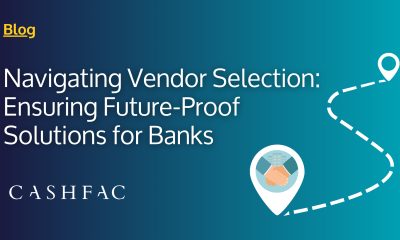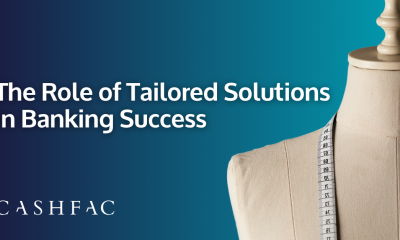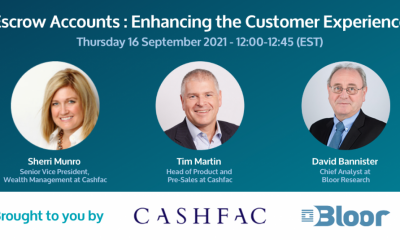Buy vs Build: 7 Key Considerations for Commercial Banks to Stay Competitive
“Buy vs Build” was the key question at the Datos Insights Commercial Banking and Small Business Forum in New York.
This topic was debated by:
- James Porr, Head of Treasury Management at Customers Bank
- Chrisian Santaniello, SVP and Head of Commercial Deposits and Treasury Management at Axos Bank
- Mike LaCava, Cashfac’s US Executive Advisor.
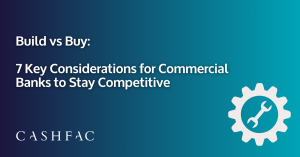
Commercial banking is undergoing unprecedented transformation, driven by evolving technology, rising customer expectations, and fierce competition.
As banks race to innovate, they face a critical decision: should they build in-house solutions or leverage the fintech ecosystem for faster deployment?
Here are the seven key themes that came from the “Buy vs Build” discussion:
1. Speed and Delivery Track Record

In a highly competitive market for new commercial customers, it pays to move at speed.
Many banks are losing clients to competitors with superior product capabilities or not winning new mandates due to gaps in their product portfolios. In-house builds for self-service virtual account solutions take more than 12 months and are subject to shifting budget priorities. Vendor solutions can be deployed in as little as two months, assuming the vendor has a proven track record with similar institutions.
2. Product Maturity
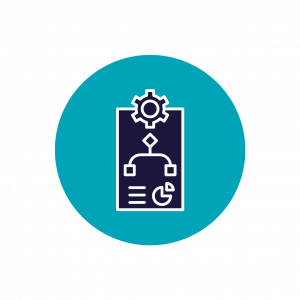
The commercial banking market is moving quickly, with rapid product innovation and unpredictable future needs. The decision to buy or build depends on whether you can find a third-party solution that has functionality that has evolved over time to meet the needs of a range of use cases and customer experience expectations. While short-term point solutions address immediate gaps, they can lead to management complexity later, as evolving needs require multiple vendors.
3. Cost Considerations
![]() When deciding to buy vs build a solution, banks need to consider if they have the capacity to allocate the time and resources required to develop a bespoke solution. The opportunity cost of building in-house can be high.
When deciding to buy vs build a solution, banks need to consider if they have the capacity to allocate the time and resources required to develop a bespoke solution. The opportunity cost of building in-house can be high.
Many commercial products deliver a quick ROI, particularly in terms of winning new business, making a compelling case for buying a solution—especially when resources are needed elsewhere.
4. Identifying the Bank’s Core Competency

Honest questions have to be asked about the capability of the bank to build the solutions it requires.
Is your strength in technology development or in nurturing client relationships and driving sales? Benchmarking in-house capabilities against vendors can highlight gaps and provide clarity.
5. Tailored Customer Experiences

Due to rising customer expectations and the different requirements of various client segments, banks might assume they need to build an internal solution to meet their customer demands.
Many third-party vendor solutions are successful because they allow for industry-specific solutions tailored to the customer experience the bank wants to provide.
A bank’s core competency is often knowing their client relationships and what they want; however, they don’t need to build a solution to meet those needs. The right vendor can offer a tailored solution that aligns with unique customer requirements, not a one-size-fits-all approach.
6. Product Extensibility for Future Needs
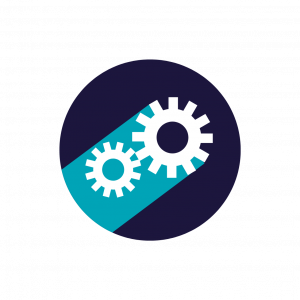
If banks choose the “buy” option, they need to be careful in assessing whether it is an extensible product, and the vendor can work with them to meet their future needs. Vendors selling a one-size-fits-all solution to a high volume of similar clients may not be the right solution for a bank that wants to provide a unique customer experience.
Customization is important, but be cautious about creating a solution so unique that it drives up future costs. For banks thinking strategically, opt for a flexible, extensible product with a common core that can evolve over time, ensuring the vendor can offer co-creation models with you.
7. Demonstrating a Track Record of Evolving with Clients

In a highly dynamic market, choosing a vendor with a proven ability to evolve alongside their clients is crucial. Where the “buy” model is chosen, it is likely that an iterative model will be most effective rather than rigid waterfall-type approaches.
A vendor that has successfully evolved their solutions over time with existing clients demonstrates the cultural flexibility needed to grow with your bank’s future needs.
Evaluating the Options
The “buy vs build” discussion highlighted the crucial considerations banks must evaluate when deciding on a solution. Ultimately, the choice between building in-house or purchasing a solution depends on a bank’s specific needs, available resources, and long-term objectives.
As the commercial banking landscape continues to evolve, banks must weigh their options carefully. By assessing these seven key factors, they can make strategic decisions that position them for future success.
